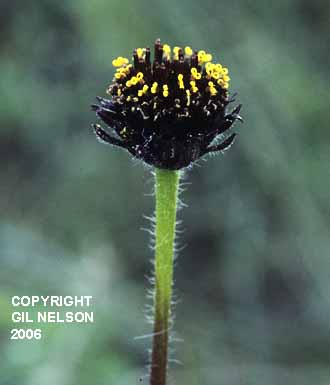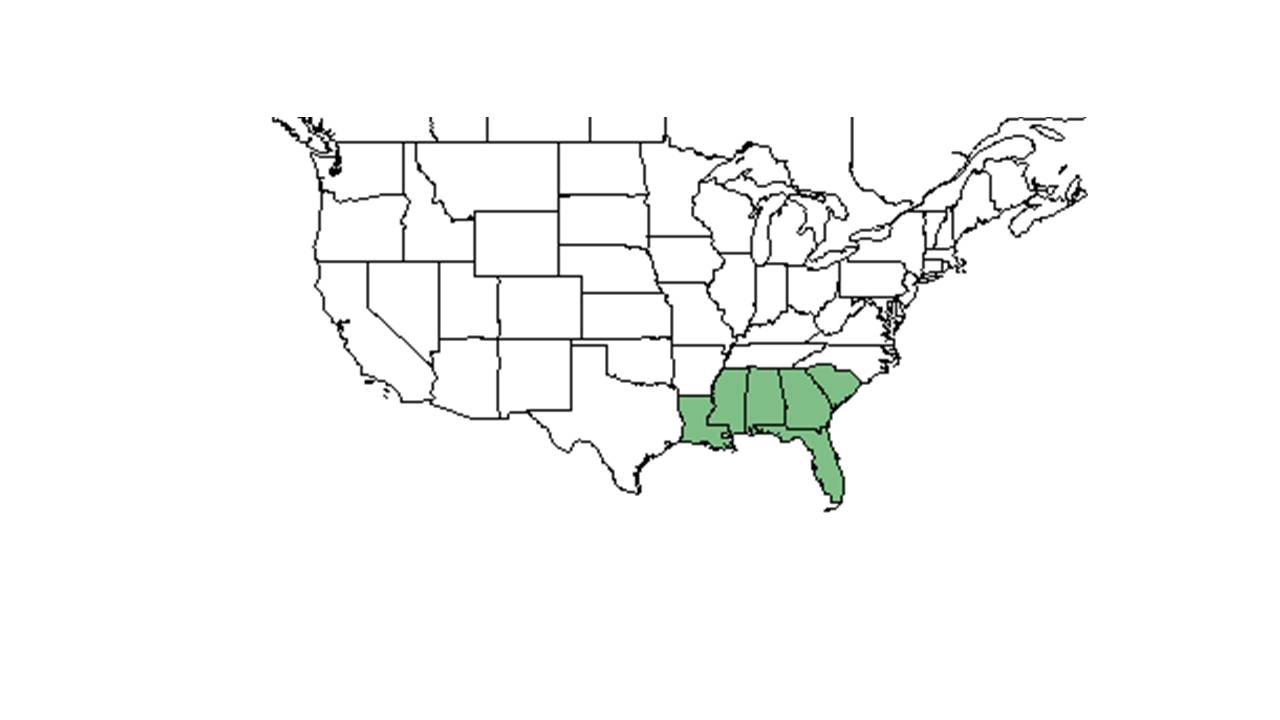Difference between revisions of "Helianthus radula"
(→Description) |
|||
| Line 19: | Line 19: | ||
==Description== | ==Description== | ||
<!-- Basic life history facts such as annual/perrenial, monoecious/dioecious, root morphology, seed type, etc. --> | <!-- Basic life history facts such as annual/perrenial, monoecious/dioecious, root morphology, seed type, etc. --> | ||
| + | Common Name: rayless sunflower | ||
| + | |||
==Distribution== | ==Distribution== | ||
==Ecology== | ==Ecology== | ||
Revision as of 13:52, 2 July 2015
| Helianthus radula | |
|---|---|

| |
| Photo was taken by Gil Nelson | |
| Scientific classification | |
| Kingdom: | Plantae |
| Division: | Magnoliophyta - Flowering plants |
| Class: | Magnoliopsida – Dicotyledons |
| Order: | Asterales |
| Family: | Asteraceae ⁄ Compositae |
| Genus: | Helianthus |
| Species: | H. radula |
| Binomial name | |
| Helianthus radula (Pursh) Torr. & A. Gray | |

| |
| Natural range of Helianthus radula from USDA NRCS Plants Database. | |
Contents
Description
Common Name: rayless sunflower
Distribution
Ecology
Habitat
It can live in loblolly or slash pine communities.[1] Censused on mid-slope at the Wade Tract, GA.[2] “The fire-maintained forest structure is savanna-like with an open canopy of P. palustris and P. elliotii Engelm. (slash pine), little to no subcanopy, and diverse ground cover dominated by grasses…and forbs…”[3] Commonly found species in the forests of camp Shelby Training Site within Pine Woods subprovince of the Gulf Coastal Plain physiographic region of Mississippi.[1]
Phenology
Seed dispersal
Seed bank and germination
Fire ecology
Wade Tract has been burned biennially.[2]
Pollination
Use by animals
Diseases and parasites
Conservation and Management
Cultivation and restoration
Photo Gallery
References and notes
- ↑ 1.0 1.1 Yager, L. Y., M. G. Hinderliter, et al. (2007). "Gopher tortoise response to habitat management by prescribed burning." The Journal of Wildlife Management 71: 428-434.
- ↑ 2.0 2.1 Gilliam, F. S., W. J. Platt, et al. (2006). "Natural disturbances and the physiognomy of pine savannas: A phenomenological model." Applied Vegetation Science 9: 83-96.
- ↑ Kirkman, L. K., M. B. Drew, et al. (1998). "Effects of experimental fire regimes on the population dynamics of Schwalbea americana L." Plant Ecology 137: 115-137.